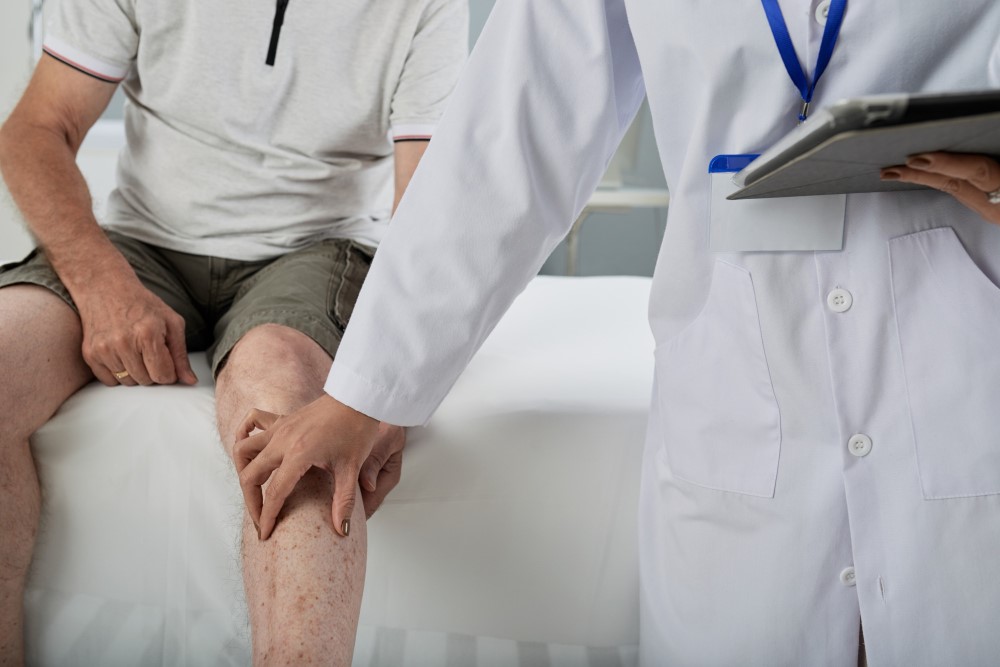Anterior cruciate ligament (ACL) injuries are common among athletes and individuals who engage in activities involving sudden stops, changes in direction, or pivoting movements. While surgical reconstruction has traditionally been the standard treatment for ACL tears, conservative management has gained recognition as a viable option, particularly for certain patient populations.
This article explores the principles and benefits of conservative management in ACL injuries, emphasising the importance of individualized treatment plans and comprehensive rehabilitation for optimal recovery.
RICE Protocol and Early Intervention
The initial management of ACL injuries typically involves the RICE protocol—rest, ice, compression, and elevation—to reduce pain and swelling. Early intervention is crucial, and timely referral to a physiotherapist or sports medicine professional is recommended to initiate a structured rehabilitation program. Conservative management focuses on restoring knee stability, improving functional strength, and enhancing proprioception through specific exercises and interventions.
Bracing and Support
The use of knee braces and supports is a common component of conservative management for ACL injuries. Bracing can provide external stability and support to the knee joint, reducing excessive movement and protecting the healing ligament. Various types of braces are available, including functional braces, prophylactic braces, and hinged braces.
The selection of the appropriate brace depends on factors such as the severity of the injury, the individual’s activity level, and the specific goals of treatment. Bracing can help individuals return to daily activities and sports with improved confidence and reduced risk of further injury.
Physical Therapy and Rehabilitation
Physical therapy and rehabilitation are crucial aspects of conservative management for ACL injuries. Rehabilitation programs are tailored to the individual’s specific needs and goals, focusing on regaining range of motion, muscle strength, neuromuscular control, and functional stability.
Initially, therapy may involve passive range of motion exercises and isometric muscle contractions, gradually progressing to dynamic exercises, balance training, and sport-specific activities. Proprioceptive training, which enhances the body’s ability to perceive joint position and movement, is an essential component of rehabilitation. The duration and intensity of rehabilitation may vary depending on factors such as the individual’s age, activity level, and associated injuries.
Patient Selection and Considerations
Conservative management is not suitable for all individuals with ACL injuries. It is generally recommended for patients who have low functional demands, older individuals with associated comorbidities, individuals with partial tears or mild instability, or those who wish to avoid surgery. Proper patient selection is crucial to ensure the success of conservative management. Factors such as age, activity level, goals, and the presence of associated injuries should be taken into account when deciding on the appropriate treatment approach.
Conservative management has emerged as a valuable approach for certain individuals with ACL injuries, providing a viable alternative to surgical reconstruction. With the use of the RICE protocol, bracing, and comprehensive rehabilitation programs, patients can achieve satisfactory outcomes in terms of pain relief, functional improvement, and return to pre-injury activities. Individualised treatment plans, close monitoring, and ongoing assessment are essential components of conservative management to optimise recovery and reduce the risk of long-term complications.


